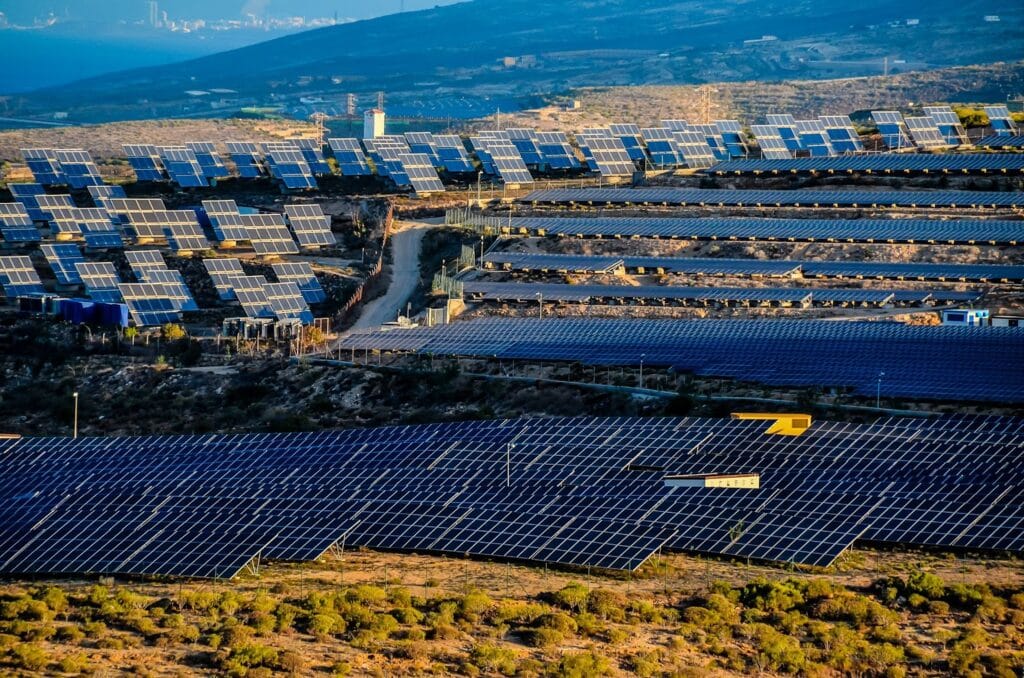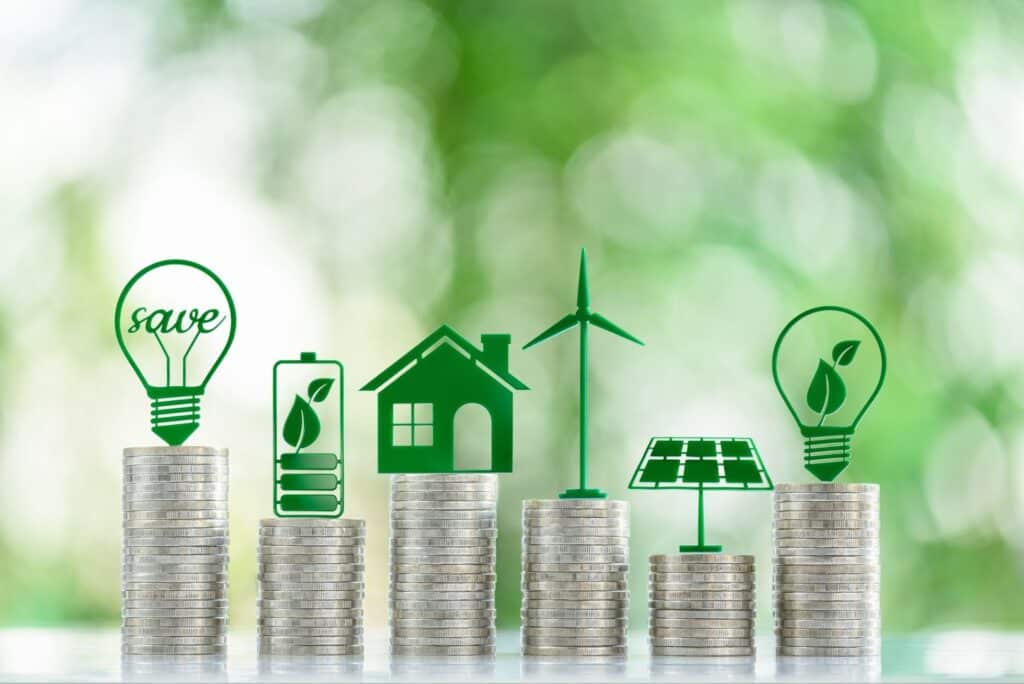POSTED
August 1, 2025
Why Solar Energy Is Leading the Clean-Energy Investment Boom
A transformation is sweeping the energy sector, with solar power at its heart. In the U.S. and around the world, solar is attracting more capital than any other electricity source. What was once a fringe technology is now a dominant force, offering investors compelling returns, diversification, and an opportunity to fuel America’s clean energy transition. […]

A transformation is sweeping the energy sector, with solar power at its heart. In the U.S. and around the world, solar is attracting more capital than any other electricity source. What was once a fringe technology is now a dominant force, offering investors compelling returns, diversification, and an opportunity to fuel America’s clean energy transition.
What’s driving this seismic shift? Four reinforcing dynamics: solar’s cost advantage, accelerating technological innovation, supply-chain scale, and pace of solar deployment to meet growing energy demand. Despite ongoing risks like grid bottlenecks and policy debates, analysts forecast solar capacity will triple again by 2035, opening an unprecedented opportunity set for investors seeking clean energy investments.
Here’s why solar is leading the boom and how you can position your capital at the center of this historic growth.
Solar Investment Inflows
Global Surge
According to the International Energy Agency, global solar spending is set to reach $450 billion in 2025, making it the single largest line item in worldwide energy investment—surpassing fossil fuels and all other power generation sources. This milestone cements solar’s place as the cornerstone of the global energy transition.
Unprecedented U.S. Growth
The U.S. solar industry continues to break records. In 2024 alone, the nation added an estimated 50 GW of new solar capacity, marking the most significant annual addition by any energy technology in two decades, according to the Solar Energy Industries Association (SEIA). Meanwhile, total U.S. clean-energy and transportation investment soared to $272 billion, demonstrating robust momentum across the country’s renewable landscape.
Corporate Capital: Resilient and Substantial
While corporate funding for the solar sector cooled slightly after 2023’s peak, it remained substantial at $26.3 billion in 2024, reflecting unwavering confidence from institutional and strategic investors in solar’s long-term prospects (PV Magazine). Notably, debt financing totaled an impressive $18.8 billion, buoyed by record levels of solar securitizations, underscoring the sector’s maturity and ability to attract sophisticated capital even during broader economic uncertainty.
Economics: Solar’s Cost Leadership
Unmatched Price Declines
Since 2010, the cost of solar PV modules has fallen by more than 80%, according to the IEA Solar PV Global Supply Chains report. This historic decline has made solar the lowest-cost new power source in many U.S. regions.
Recent Price Plunge
Between December 2022 and December 2023 alone, fierce global competition drove spot module prices down by nearly 50%, with current panels approximately 30% cheaper than they were two years ago (IEA Solar PV Portal).
Current LCOE (Levelized Cost of Energy) Edge
Utility-scale solar’s unsubsidized LCOE is currently $38–78/MWh, significantly undercutting new natural gas generation costs of $48–109/MWh. This enduring cost leadership gives solar a clear edge across many U.S. markets.
These lowering costs translate into higher project IRRs and stronger cash yields, especially when combined with long-term PPAs that lock in revenue for 15–25 years.

Technology & Supply-Chain Catalysts
Efficiency & Scale
Modern commercial solar panels now achieve over 23% efficiency, significantly increasing energy output per square foot. Meanwhile, the U.S. is experiencing a clean energy manufacturing boom, with more than 200 operational facilities nationwide. These factories—spanning solar panel production, battery storage assembly, wind turbine manufacturing, and related supply chain components—form the industrial backbone of the clean energy transition. In 2024 alone, 45 new clean energy manufacturing sites were opened or expanded, spurred in part by federal incentives like the Inflation Reduction Act.
Storage Synergy
Solar’s value proposition is further strengthened by energy storage. Battery investment is expected to exceed $65 billion in 2025, enhancing solar reliability by shifting power to peak hours and reducing curtailment.

Outlook & Conclusion
Consensus forecasts suggest U.S. solar capacity could reach ~700 GW by 2035, almost triple today’s installed base, driven by strong economics, accelerating technological innovation, and growing energy demand. For investors seeking growth, diversification, and a positive environmental impact, utility-scale solar presents a uniquely aligned asset class at the heart of America’s clean energy transition.
Now is the time to align your portfolio with the sector that’s defining the future of power—utility-scale solar—and harness the extraordinary financial and societal tailwinds propelling America toward a sustainable, resilient energy system. Join our Shasta Power Fund II Waitlist and let’s build this brighter future together.





